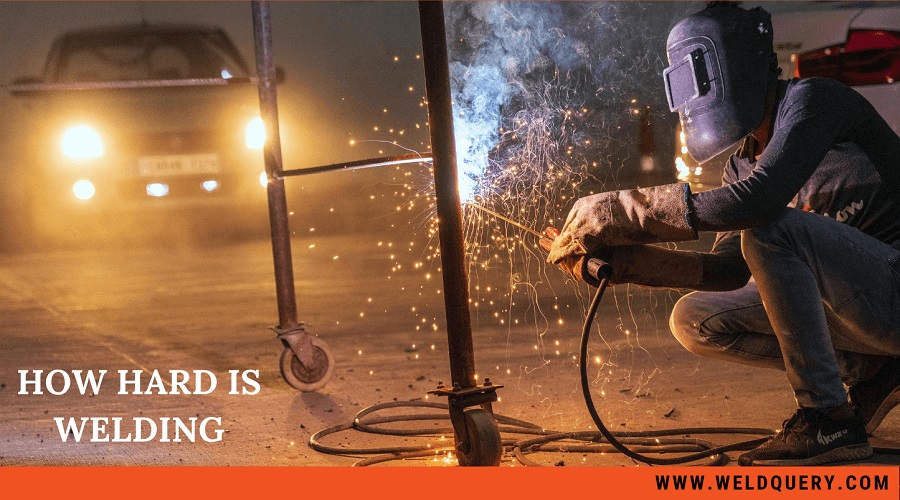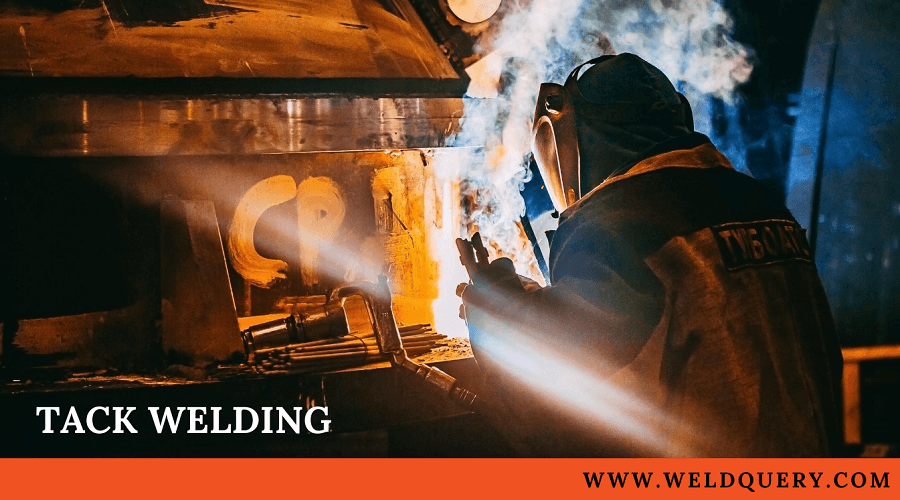When it comes to designing parts that require to be welded together, there is always a constant concern that how strong is a weld joint will be.
This question can’t be answered just in a word because many things contribute to the strength of welding.
The skills of a welder, thickness of the weld, types of a weld, and in what process the welding is done are things that contribute to the strength of a weld.
If most of the requirements are met, then it’s obvious that your weld joint is not less strong than the base material of your parts.
Contents
How Strong is a Weld?
It may seem welding is the process of gluing pieces together. But welding is not gluing at all. The welding grains and the chemistry of the joining parts may vary from each other, but when they are welded they surprisingly act like a single piece of metal. So it is to say the welding is as strong as the mother parts are.
Another thing to say is, in many cases, the filler materials are way stronger than the base material.
Besides, to be the strongest weld, the base materials need to be precisely cleaned before creating the weld. To get the perfect weld you also need to ensure that your workpieces are foreign contamination (Grease, Oil) free.
What are the different types of welding and what are they used for in the industry?
Some are various types of welding namely:
- MIG Welding
- Stick Welding
- TIG Welding
- Plasma Arc Welding
- Electron Beam and Laser Welding
- Gas Welding
MIG Welding:
It’s an easier type of welding and most of beginners go for it. Mig is not actually one type of welding. It’s a combination of two. Bare ware is used in the first one and flux core is used in the latter one.
To join the comparatively thin metals, bare wire MIG is the solution. On the other hand Flux core MIG welding is mostly used outdoors because of not requiring a gas supply or flow meter. MIG is actually a DIY type of welding and most precisely a budget welding.
Stick Welding:
It’s an old-fashioned type of welding. People also call it Arc welding. When the parts need to master way harder than MIG welding, stick welding is the choice and you also can do it at home. Stick welding rod is used in stick welding.
TIG Welding:
TIG is one of the most difficult types of welding and versatile in nature. To do TIG welding there are complex techniques to learn and the welders must be well skilled.
Both hands are used while doing TIG welding. One supplies the rod and the TIG torch is held by the other. Conventional materials such as aluminum, steel, alloys, copper alloys, nickel alloys are welded by TIG torch.
Plasma Arc Welding:
Works as aerospace applications need precision techniques. Plasma arc welding is widely used in those types of work where the metal thickness is about .015 of an inch. Plasma arc welding and TIG welding are similar types of techniques.
Electron Beam and Laser Welding:
This is one of high energy welding techniques and commonly used in precision. It’s more advantageous than other welding techniques. It offers a low welding heat point, narrow heat-affected zone, high weld depth to width ratio, and reduce distortion.
Gas Welding:
Gas welding lost its appeal and is hardly used anymore. TIG welding has taken the place of gas welding. Oxygen and acetylene are used in Gas welding.
What is the Strongest Weld?
This is a question hard to answer because the strength of a weld depends on a lot of things mentioned earlier.
So it’s not right to say one is stronger than another !!
Weld with minimum distortion, better resistance to material fatigue, minimum Heat Affected Zone, the minimum change in the composition can be considered the strongest.
A weld looks bad doesn’t denote that the weld is bad. You need to do some tests such as x-ray, ultrasonic test, dye penetrant test, etc.
To determine whether the weld is actually bad or not, to choose the right type of welding, you have to consider the type of your work piece as well as the work’s importance.
If you need to have precision, go for that one which is used for that purpose. Also, consider your budget, almost all of the welding techniques are, more or less, successful.
Happy welding!


